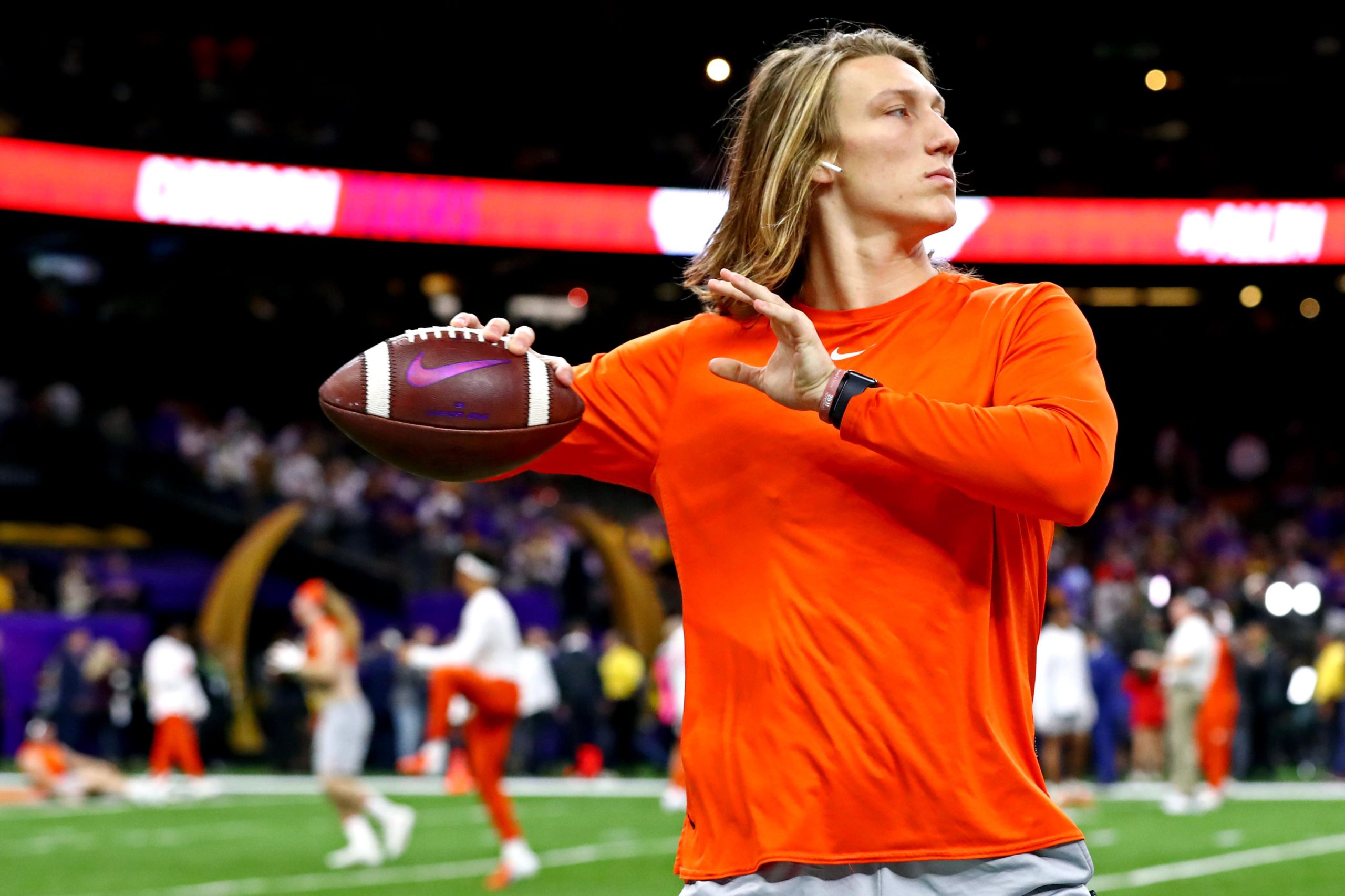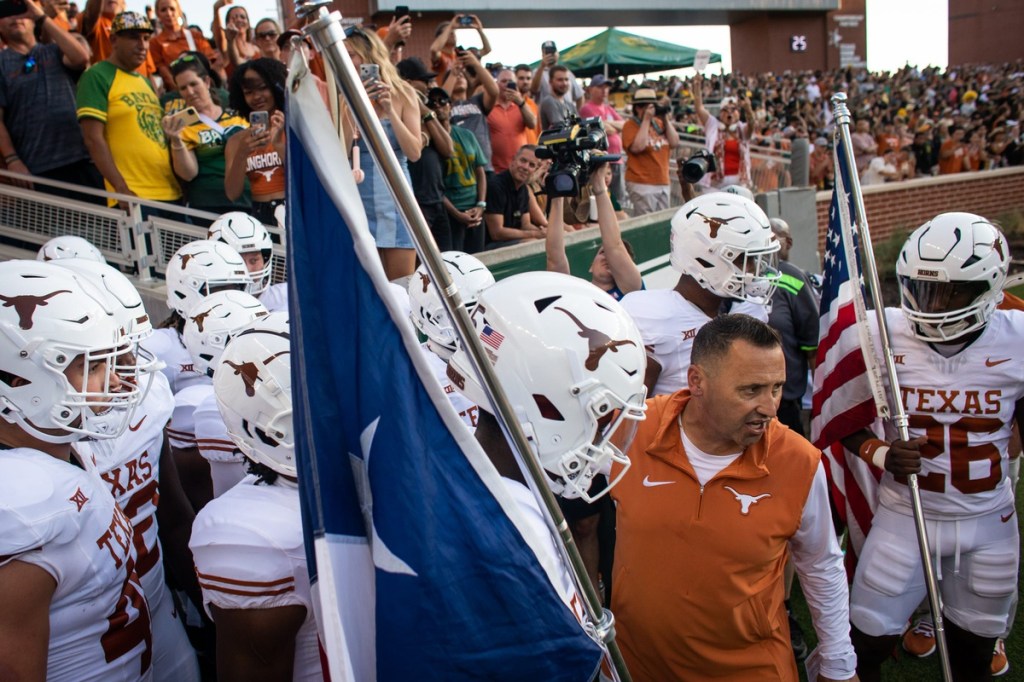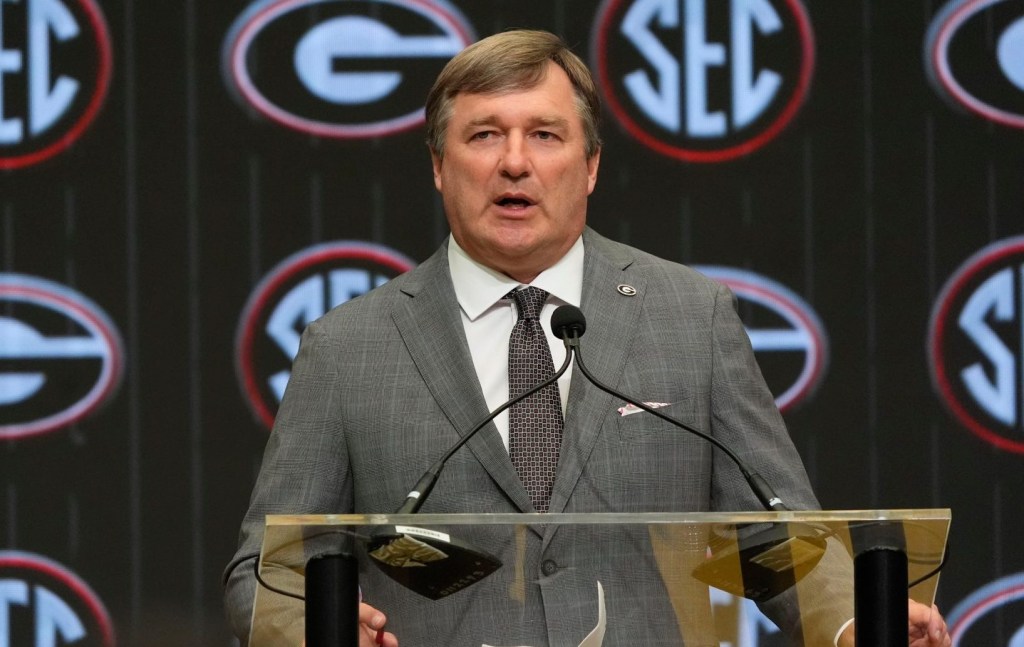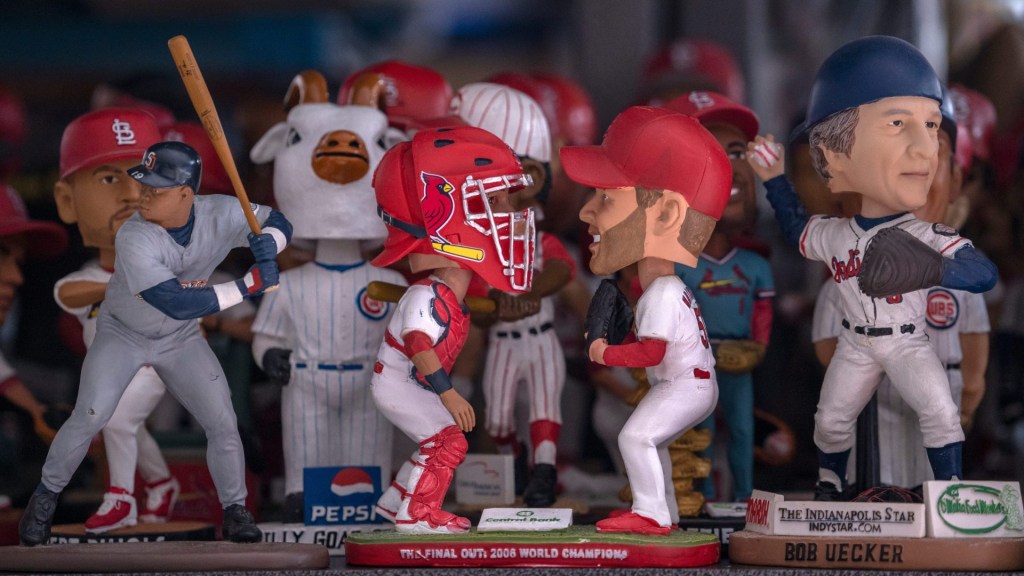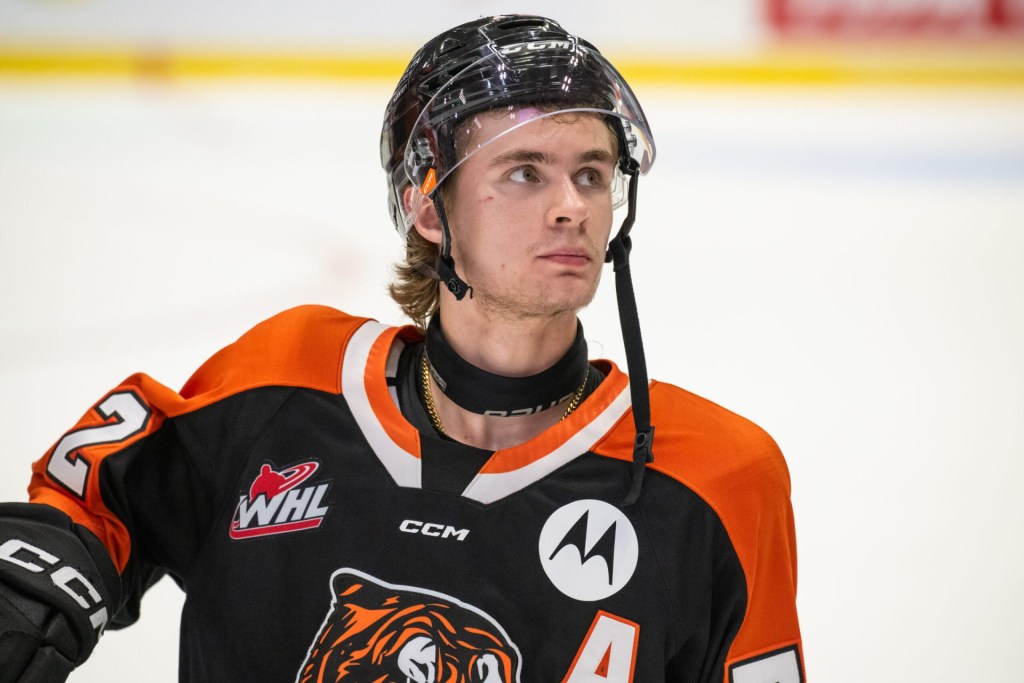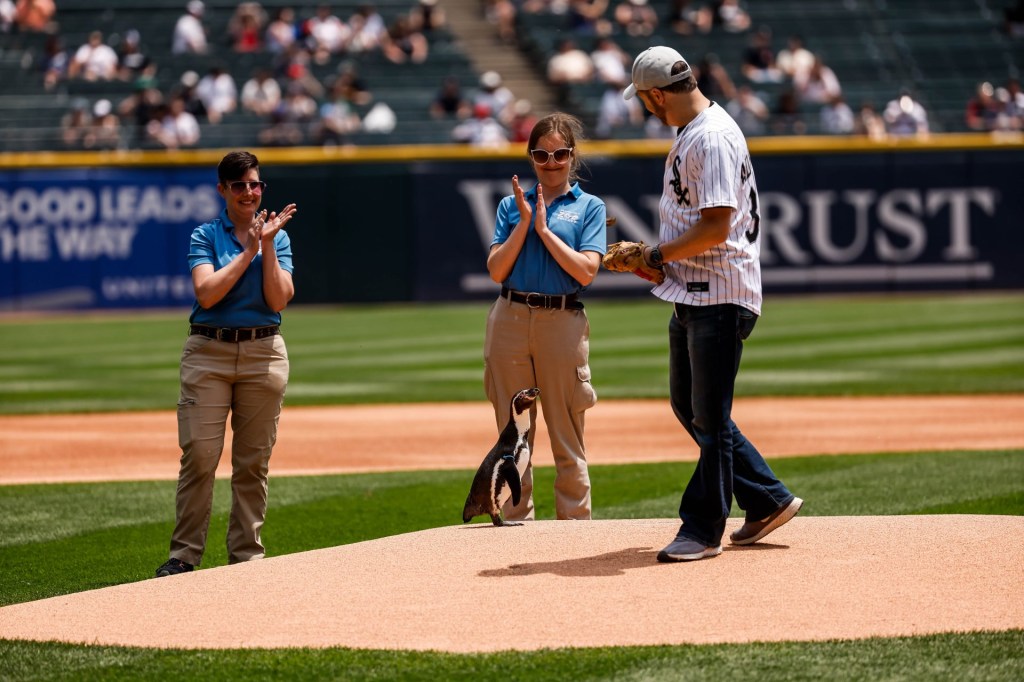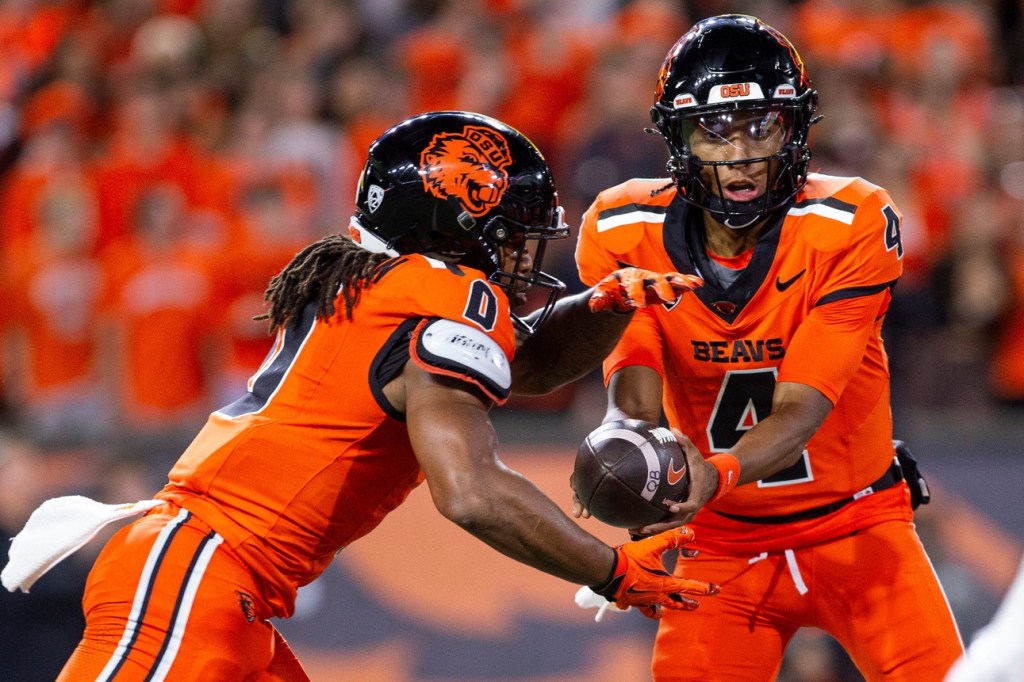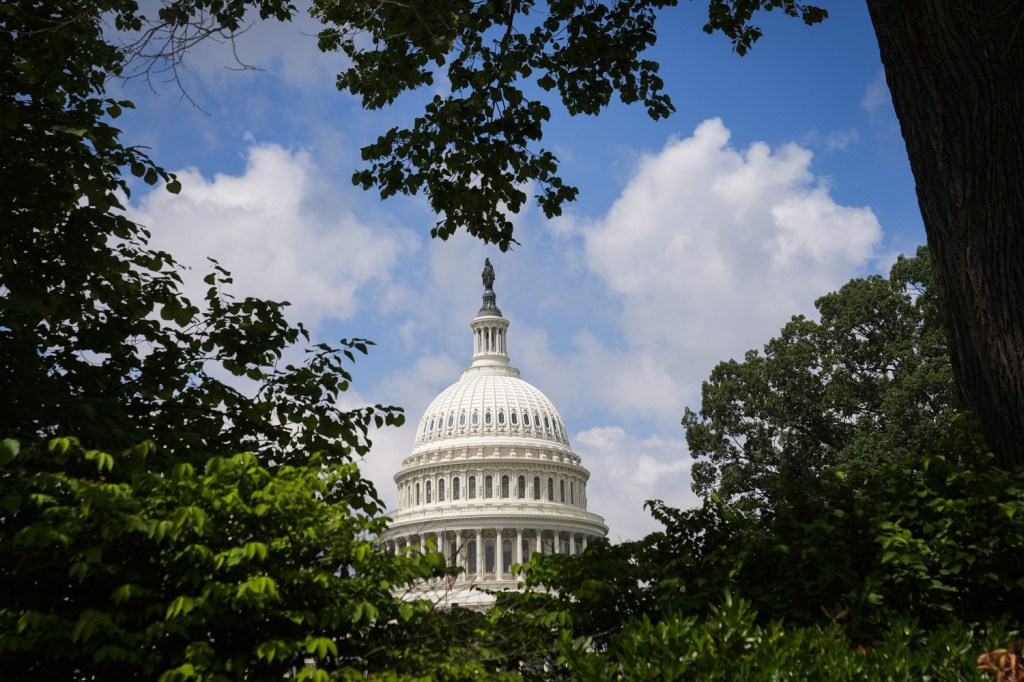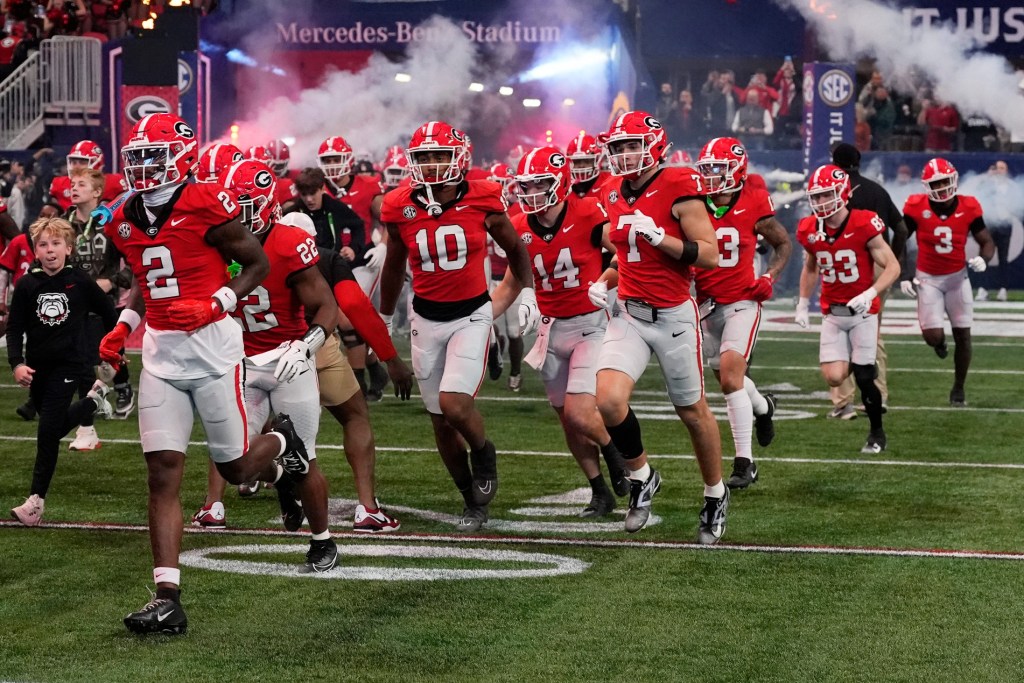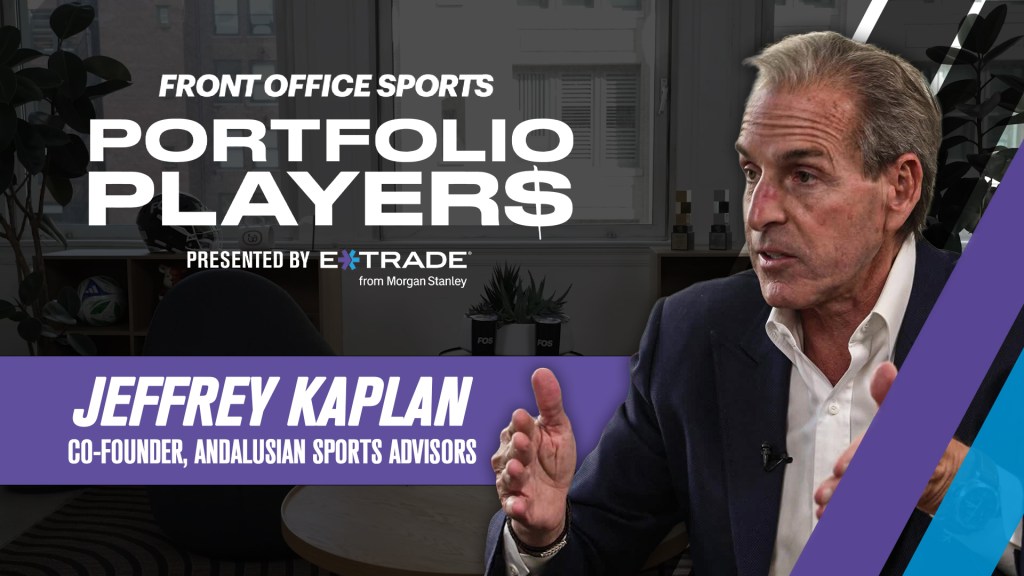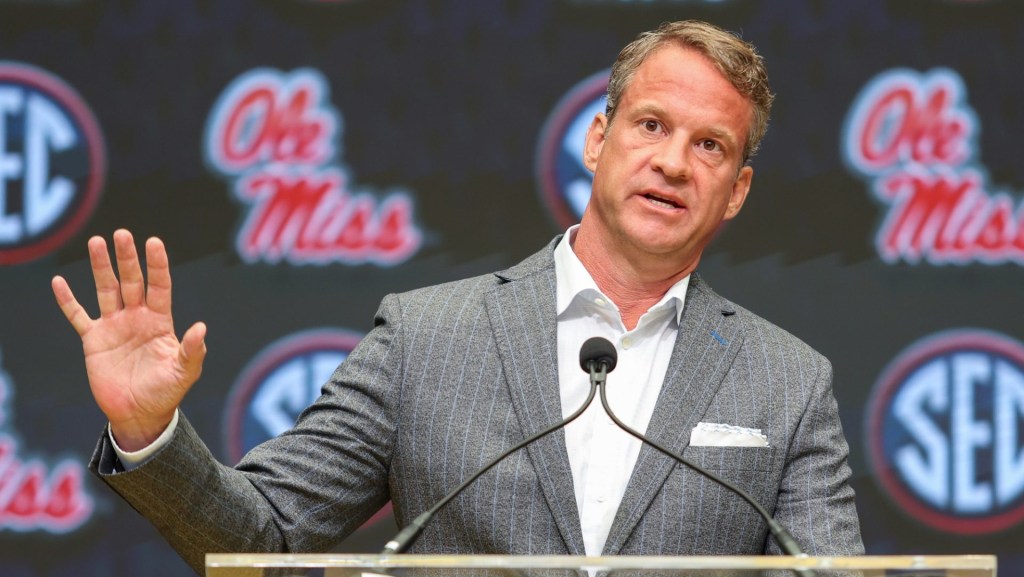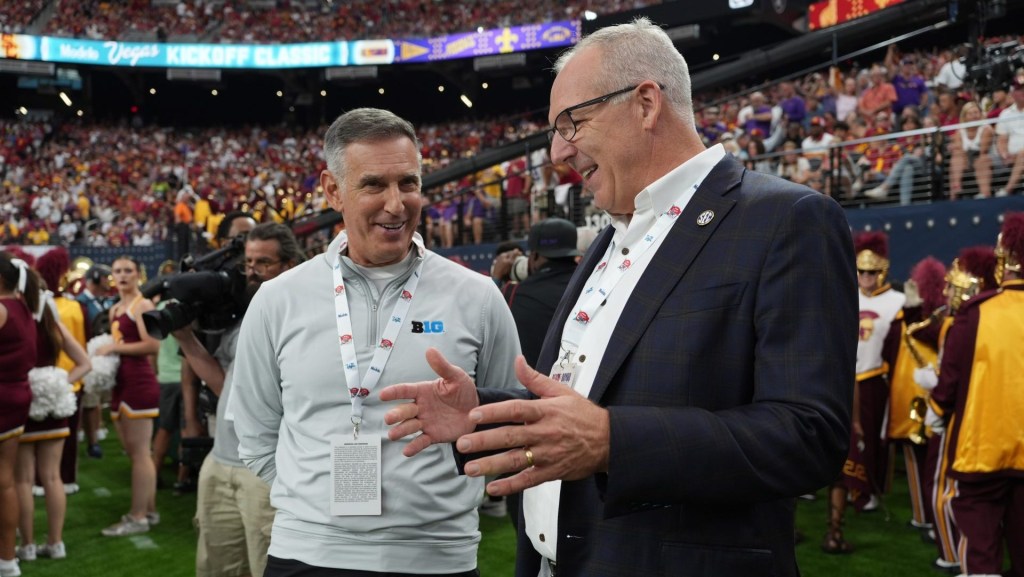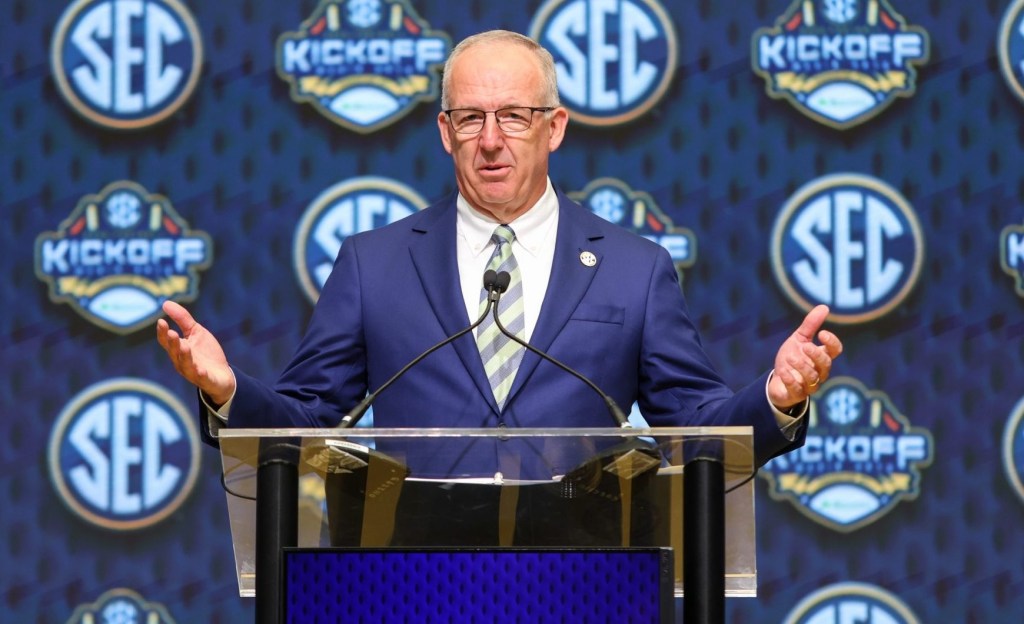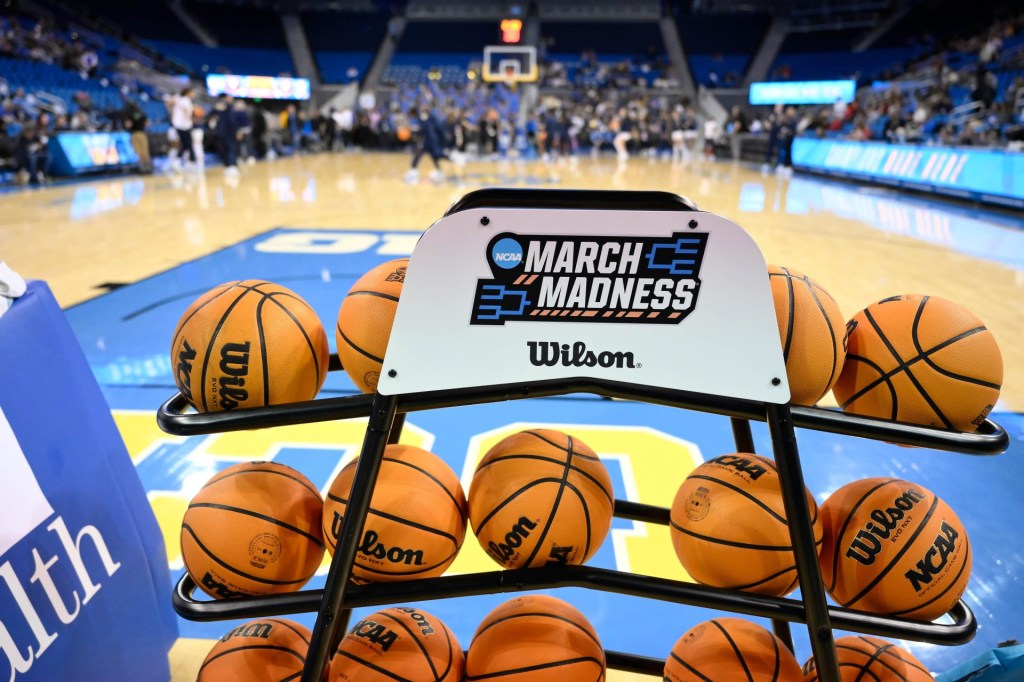When the NCAA’s Board of Governors took another step toward allowing student-athletes to profit off of their name, image and likeness by supporting the allowance of conditional endorsements as well as outside money-making opportunities, it opened the door for a new path for brands and marketing agencies to connect with the college space.
How this all plays out is yet to be seen – or decided, as official recommendations will not be made until October – and likely will not until the rules changes are implemented during the 2021-2022 school year.
But outside entities are already trying to determine where the opportunities will be for student-athletes and for new partners – and what it will all look like. As everyone tries to predict the future without specific parameters, different pictures have emerged. Conversations with those in the industry reveal the expected impact may not be as deep as anticipated, but wider, taking variable shapes that reflect the individual athlete.
“The NCAA didn’t come to this voluntarily. They came kind of kicking and screaming because they’re out of tricks of delaying,” said Phil de Picciotto, founder and president of Octagon. “But it’s about time. And this isn’t a one size fits all for all student-athletes. There are going to be differences based on what sport they play, what their professional prospects are, what their family situations are, what other career aspirations they may have. Whether they are national or regional or local figures, whether they go to big schools or small schools, what conferences they play in. I think we will all find that there are going to be very individualized applications of a very general set of rules and regulations.”
Even those within college athletics administrations acknowledge the vague nature of the proposed changes, although they may see those as greater points of a concern than their counterparts in the business space who may see more flexibility in the rules’ future implementation.
“We certainly understand the importance of modernizing NCAA rules and ensuring that we are taking care of our student-athletes to the fullest extent possible. The implications of NIL are wide-ranging and significant,” Pitt Athletic Director Heather Lyke said. “The initial concepts are extremely broad, so we now need to more fully develop this legislation and especially evaluate any unintended consequences. A big consideration will be guardrails that address and monitor potential recruiting inequities as well as how oversight will be handled.”
The rules, as proposed, are broad. While there is a consensus among those in the space that implementation of NIL allowances could take many forms for different student-athletes and different companies, many current conversations may have overestimated the uniformity that will follow even after more explicit guidelines, de Picciotto added, given the individualized nature of each student athlete’s assets, so to speak, as well as the current climate.
The number of new partnerships that might come from this, on both sides, could also be overblown. The biggest opportunity to come could actually be the opportunity to explore.
“There’s still a lot of uncertainty given all the recent developments in our economy because of COVID-19,” de Picciotto said. “The opportunities, the marketing dollars available, the ability to make personal appearances – those areas might all look substantially different a year and two and three from now than they ever have in the past.”
The impact of the pandemic compounds the uncertainty that already surrounds the uncharted territory of these new rules. Combatting that uncertainty is accomplished by educating student-athletes and the companies they could work with in the near future.
“The most important element is that student-athletes should be free to get advice wherever they want, wherever they find it the most valuable and that whatever these guidelines are need to be designed from the point of view that student-athletes by that very moniker are students first. You have to give them an opportunity to learn about what their options are, learn what the marketplace may present to them, and not be restricted in who they can talk to,” de Picciotto continued.
READ MORE: NCAA Takes Another Step Towards Athlete Endorsements and Compensation
As decisions are made by the NCAA regarding the guardrails or the scope of potential Congressional action, continuing conversations are going to be key.
“Our first phase is that we’ve now started educating our clients,” Larry Mann, executive vice president at sports marketing firm rEvolution, said. “We want to let them know about the ruling and let them know that this is going to be part of our conversation. And as we learn more, we want to work alongside our client partners to figure out how this impacts them and how they might be able to potentially use athletes moving forward.”
Right now, not all feel that education is what the conversation is centered around in public court.
“I think all the focus is on the end game. Who’s going to make money, who’s going to help them make money? How much money are they going to make?” de Picciotto said. “But the answer is that there isn’t a one size fits all and each student-athlete needs to be involved in the conversation, and it needs to be properly advised and given proper information on which to make a very personalized decision in terms of image building and association, time investment, short term versus long term financial needs and career paths. For each student-athlete, that’s a very different calculation.”
To figure out those calculations, student-athletes need to start having broader discussions and seeking guidance, which they previously haven’t been able to do due to the existing NCAA amateurism rules.
“The [NCAA’s] charter from the beginning has been the protection of student-athletes. But they have strayed, very, very far from that original charter and intention, and they’ve done that under various guises,” de Picciotto said. “But at the end of the day, it really all comes down to economics.”
The opening of economic opportunities previously reserved for the NCAA and its institutions to student athletes still, however, might not result in as much new business as current conversations might suggest.
“I think overall, it was a really good step in the right direction, but is it going to be a wild, wild West gold rush?” Vince Thompson, founder and CEO of Melt, a marketing agency, asked. “Probably not, but I do think it opens up a lot of great opportunities for all sorts of student-athletes and lines for marketers who, particularly in college athletics, have not had opportunities to market to that audience before. I do think it’s probably going to create, to use industry jargon, ambush opportunities that some companies that heretofore were not able to penetrate.”
And although the actual rollout of this at colleges companies across the country will look as different as the opportunities themselves, there is a general consensus that local may be the biggest marketplace for third-party sponsors for most student-athletes, outside of the nationally known names.
“I think local sponsorships will have a hell of a lot more opportunity to invade or ambush than you will on a national level,” Thompson said. “I keep coming back to the FCS, the [Division] II’s, the III’s, the non [revenue sports] – there’s a lot of great stories out there that these kids have not been able to tell about themselves to maybe make impacts on causes or monetize their social media and even help career development.”
Those local partnerships could also present opportunities for local agencies and relationships.
“I think there’ll be a lot of local opportunities, and, again, the opportunities will be very different,” de Picciotto said. “I think most of them will be about providing a financial support basis so that student-athletes can engage with members of their local community and actually also have a chance to give back to those communities.”
READ MORE: College Social Accounts Piggyback Off NFL Draft Success
There’s also agreement that the better quality, larger economic opportunities will be more limited to athletes de Picciotto describes as “exceptionally charismatic and have a sustainable interaction with the public,” most likely the small set of student-athletes on their way to a highly public professional career.
“You’ll see a handful of the Trevor Lawrence’s, the Tua’s who will benefit at a certain level, but I don’t think there’s going to be a wholesale giant shift,” Thompson said. “Obviously this whole content of fair market value is going to govern it a little bit, and I think you’ll have a handful of athletes that obviously will be able to capitalize on this, but also think it creates more exposure and economic impact opportunities for some of those other kids.”
Social media may be the marketplace for another set of sponsorships.
“I think social media – that’s where you’ll see the biggest impact,” Mann said. “Let’s just say Trevor Lawrence, who’s probably the face of college football. I don’t think you’re going to see him in a Wendy’s commercial, but I think what you’ll see is that if Wendy’s is doing a promotion around a big college football pregame show, you may see Trevor Lawrence do a thing where it’s, ‘Hey, Wendy’s has two burgers for $5 and I love Wendy’s’ or something like that via tweet or social media. At least phase one of how this is going to go where brands use these individual athletes as a central part of their campaign.”
The opportunities for student-athletes in the social space also brings the idea of individual brand to the forefront of the conversation. That aspect could become crucial to recruiting, giving reason for athletic departments and teams to also forge new partnerships in the space.
“I believe we’ll see the most immediate change at the college athletic department level,” said Blake Lawrence, Founder and CEO of social media company Opendorse. “Right now, ADs and coaches have to be able to answer this question from recruits: ‘How will you help me make money from my NIL?’ [Wednesday’s] announcement just accelerated that.”
This story has been updated to clarify a quote from Octagon’s Phil de Picciotto in the 23rd paragraph.
